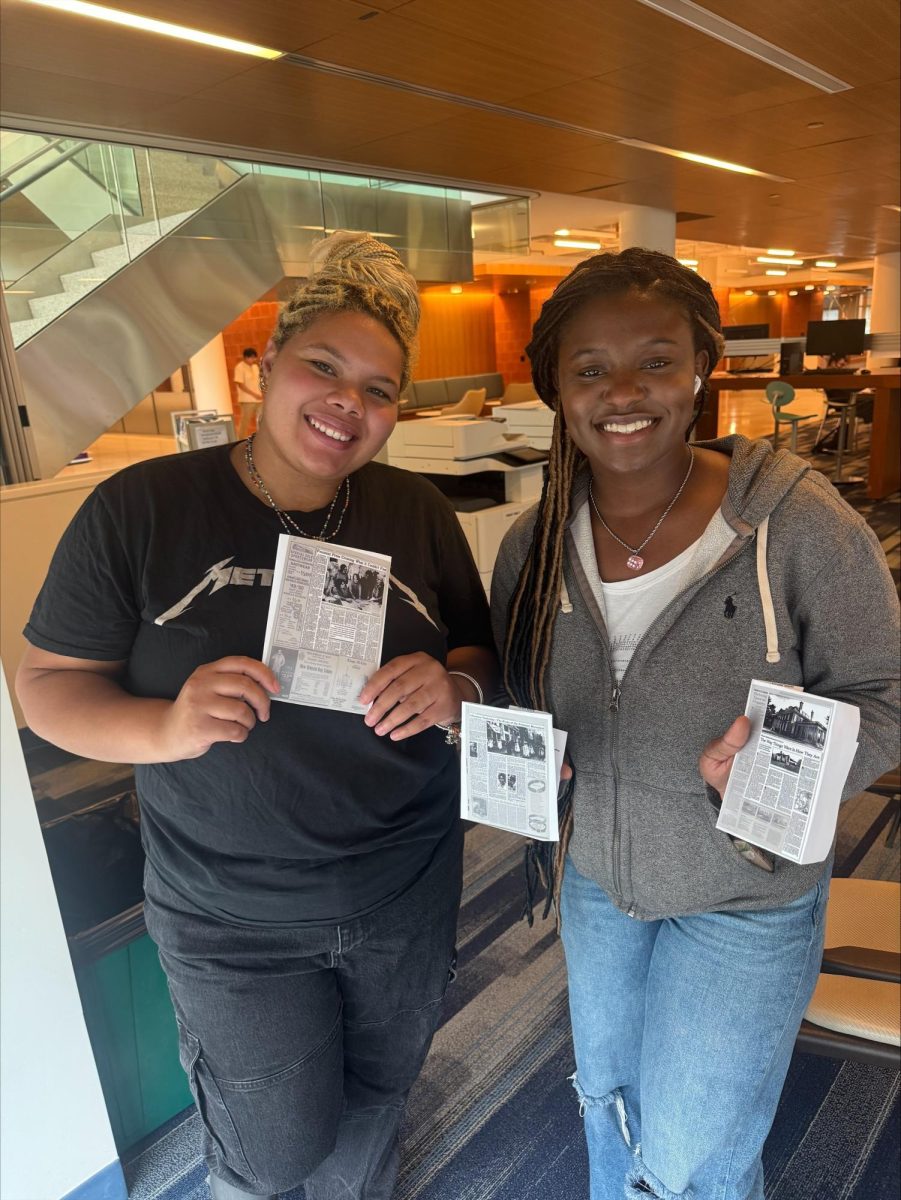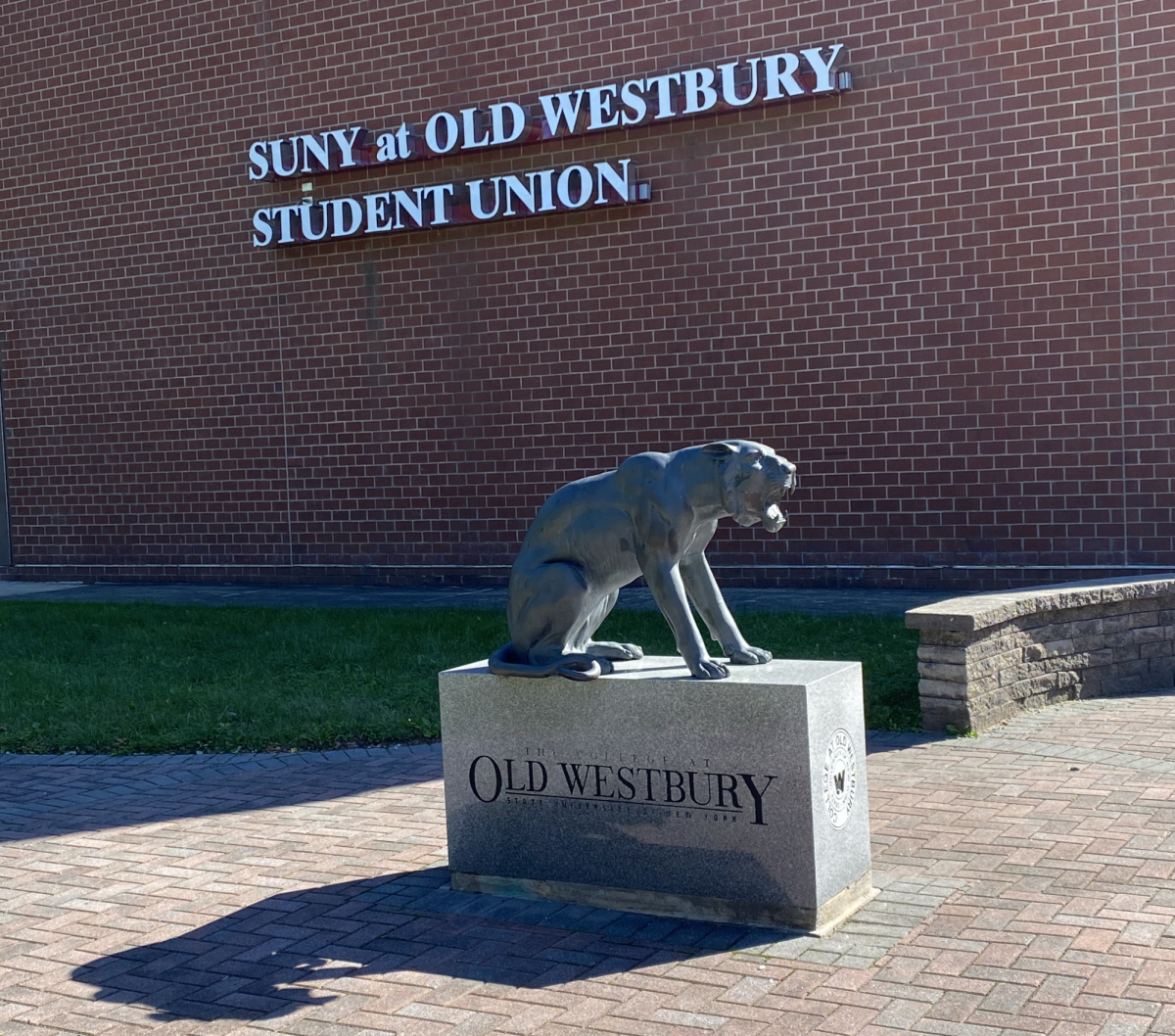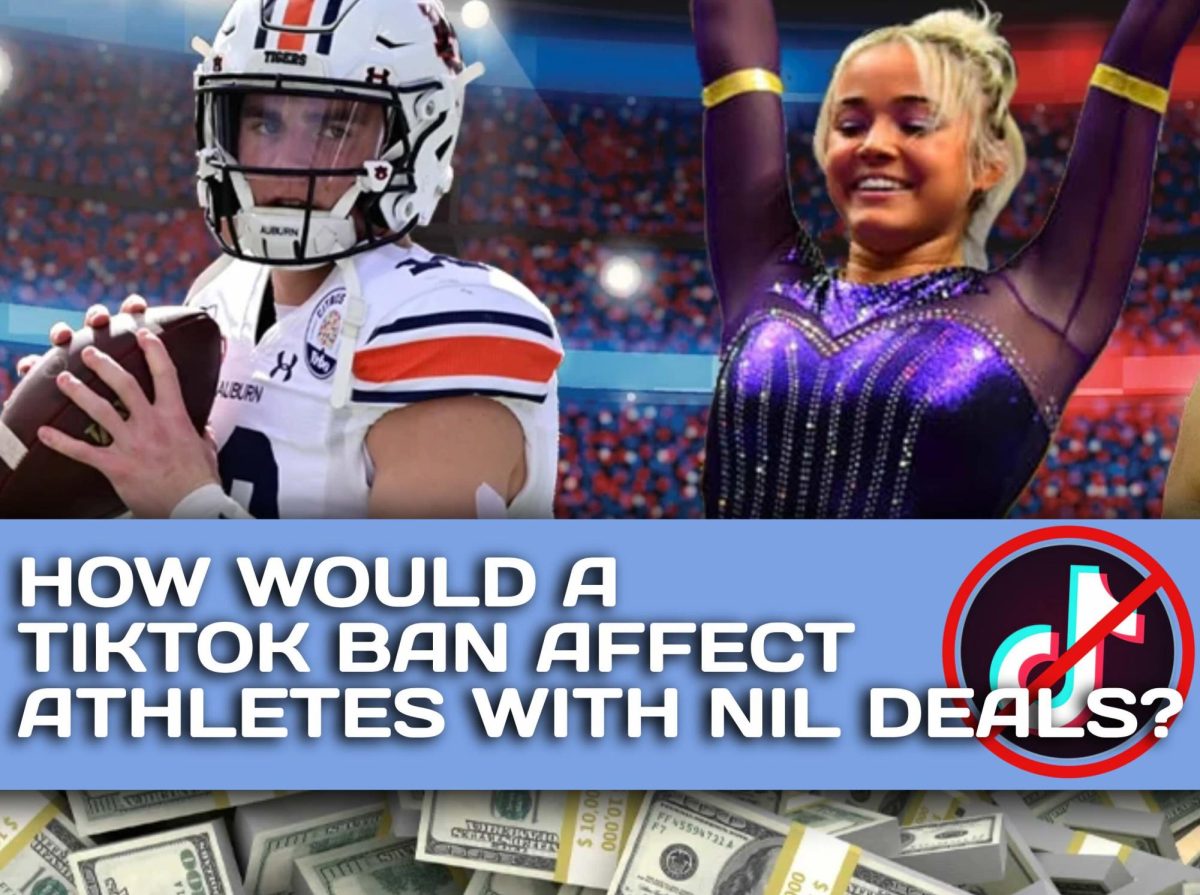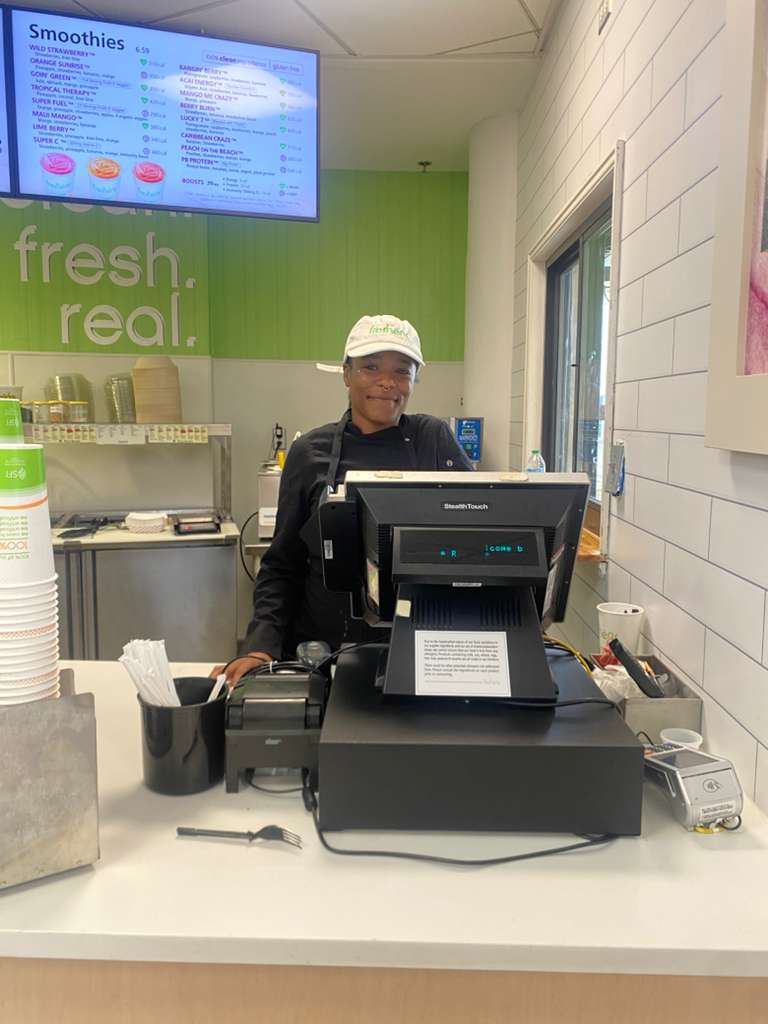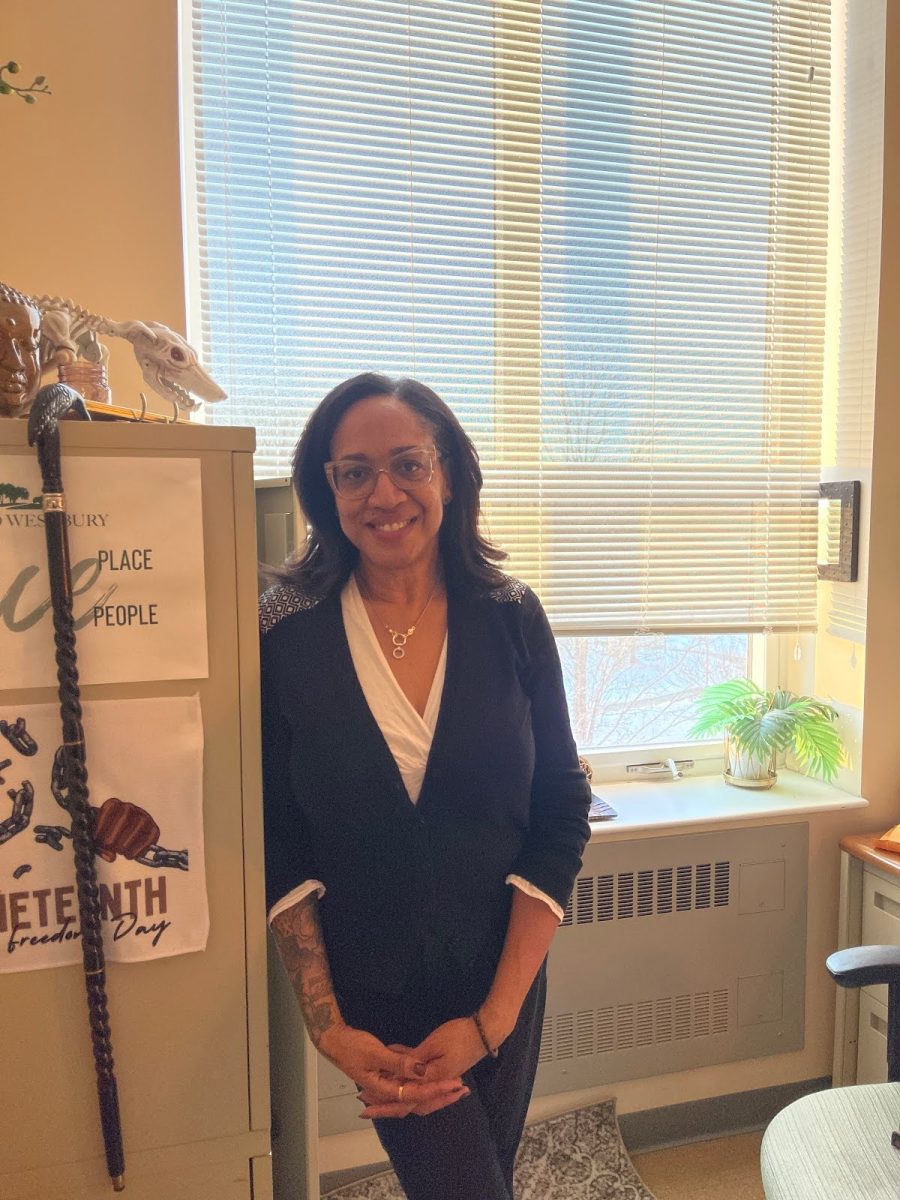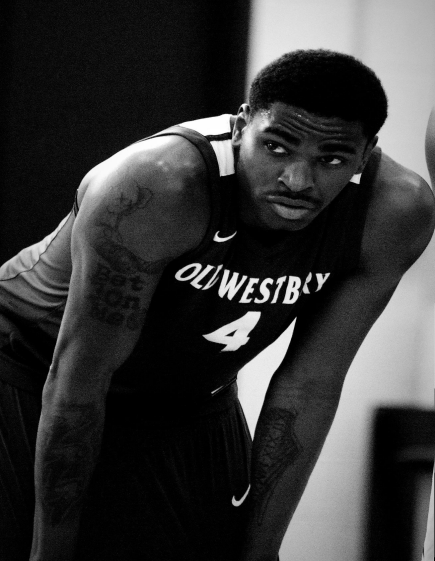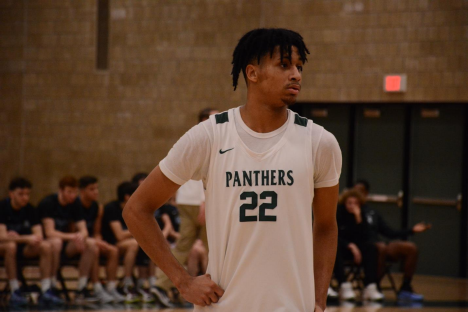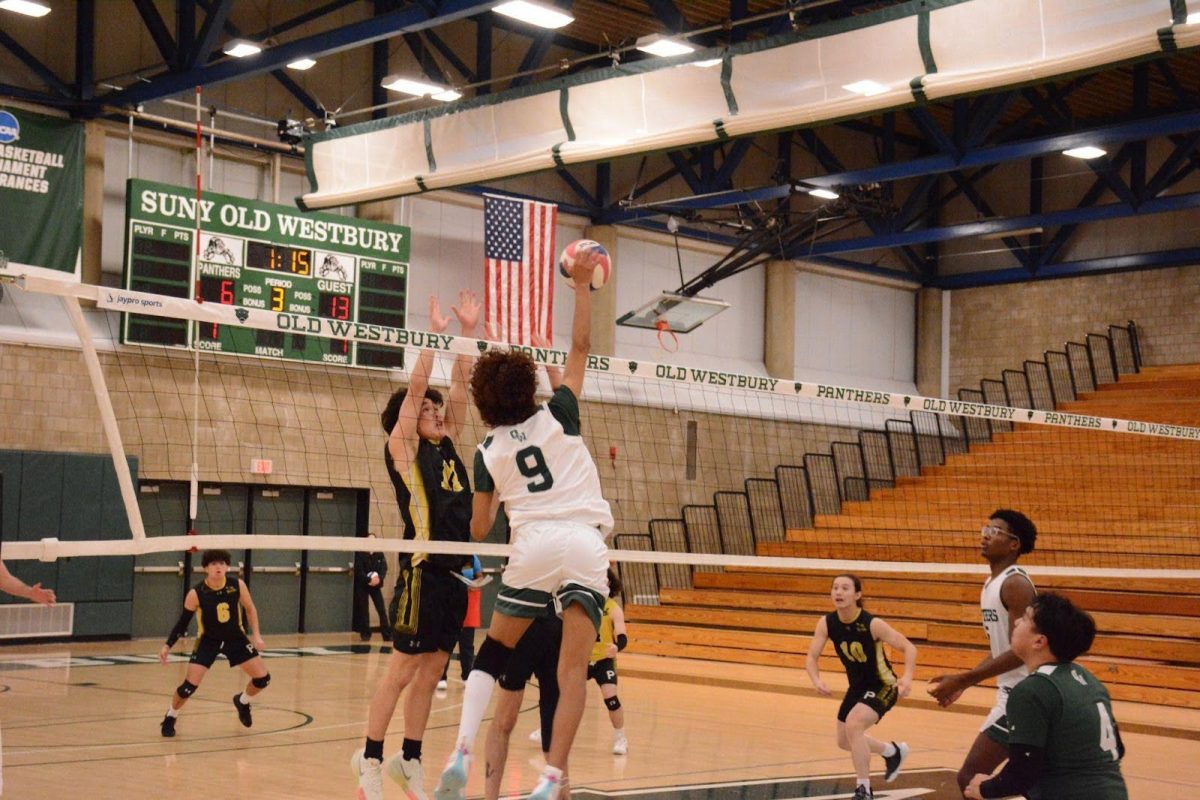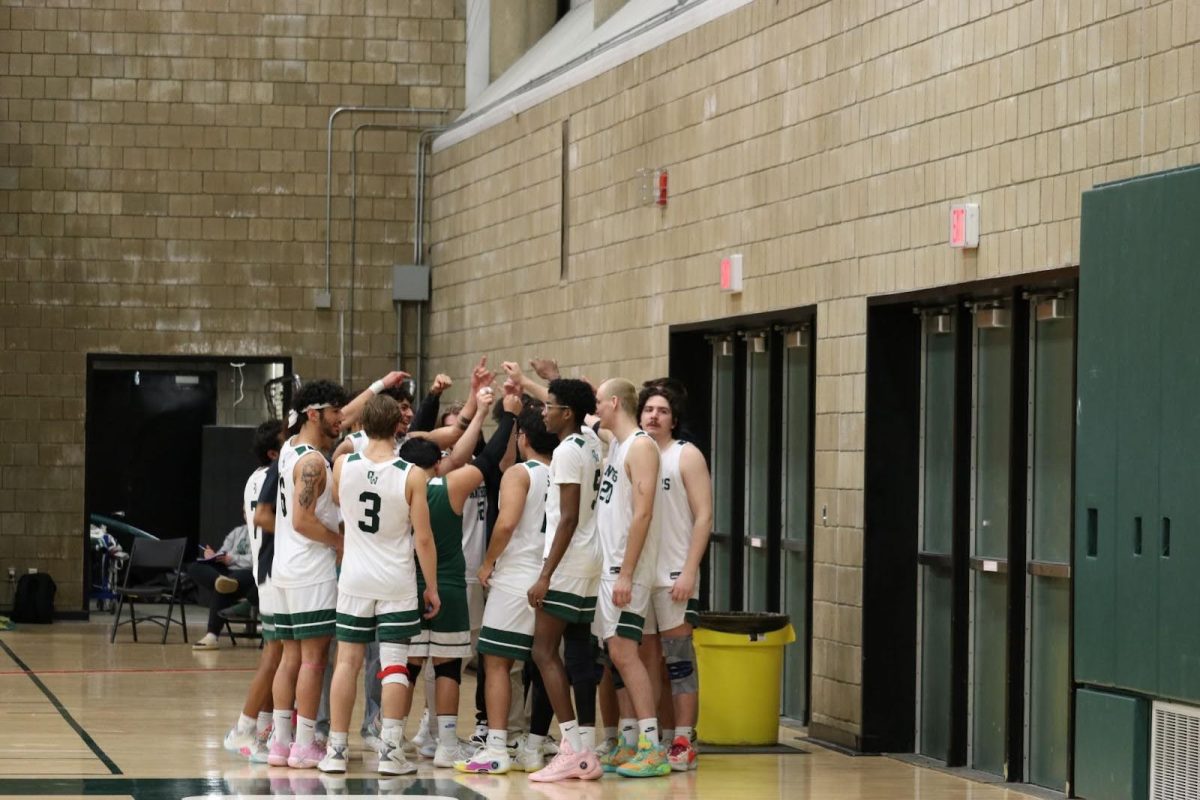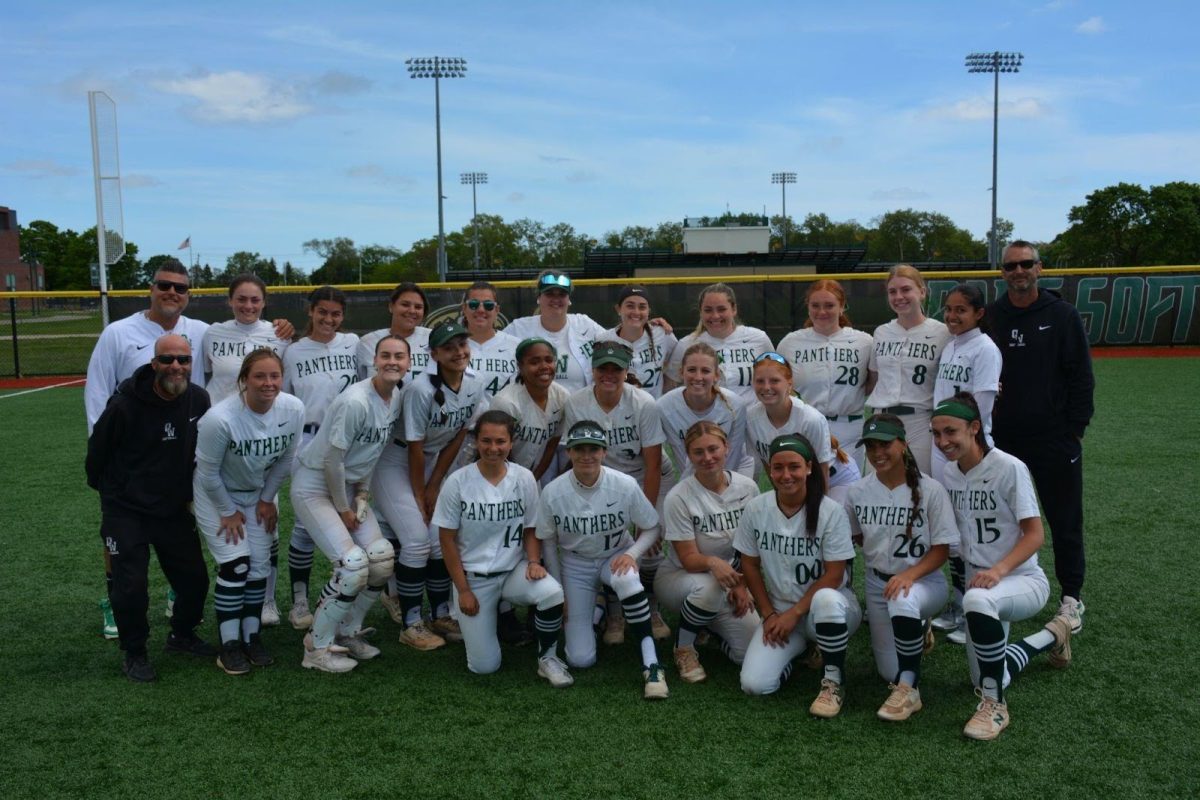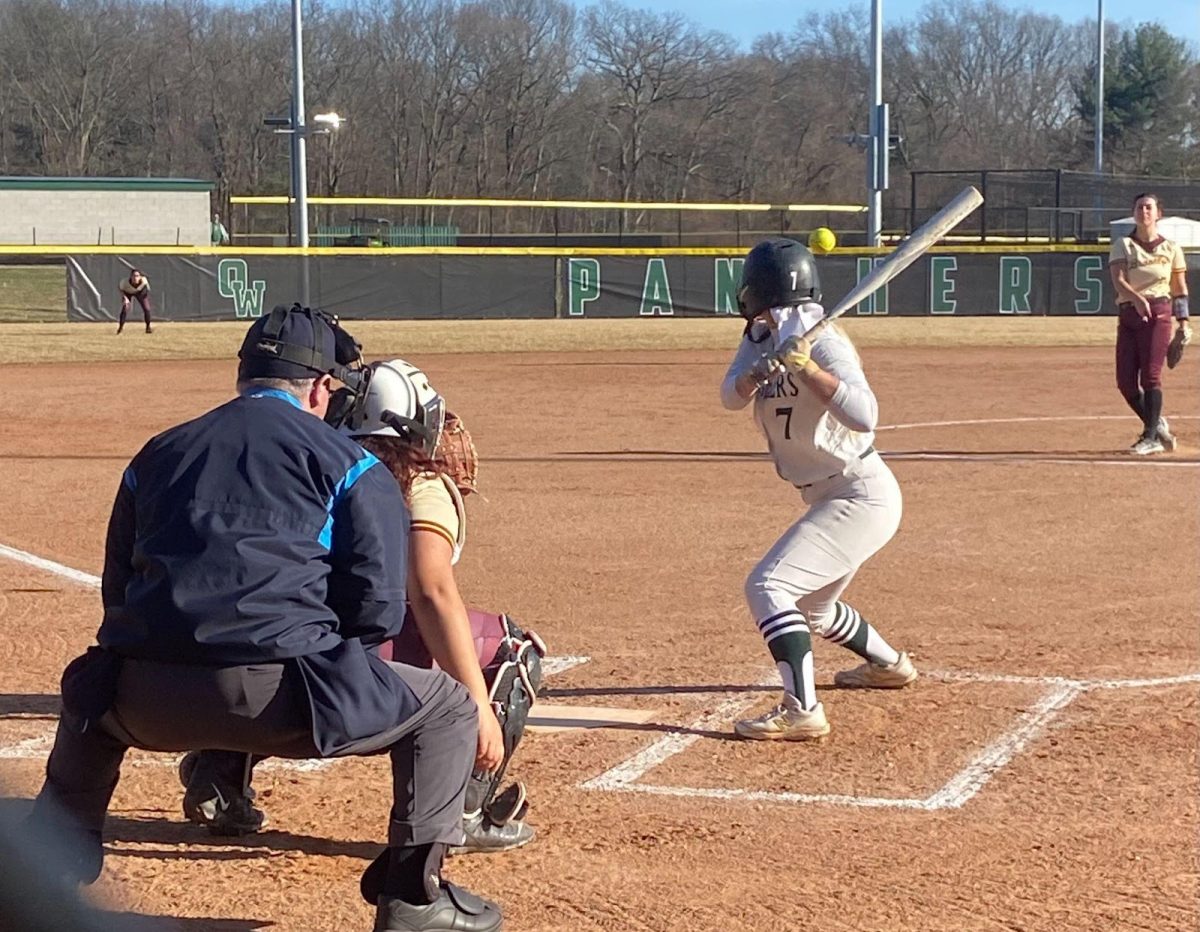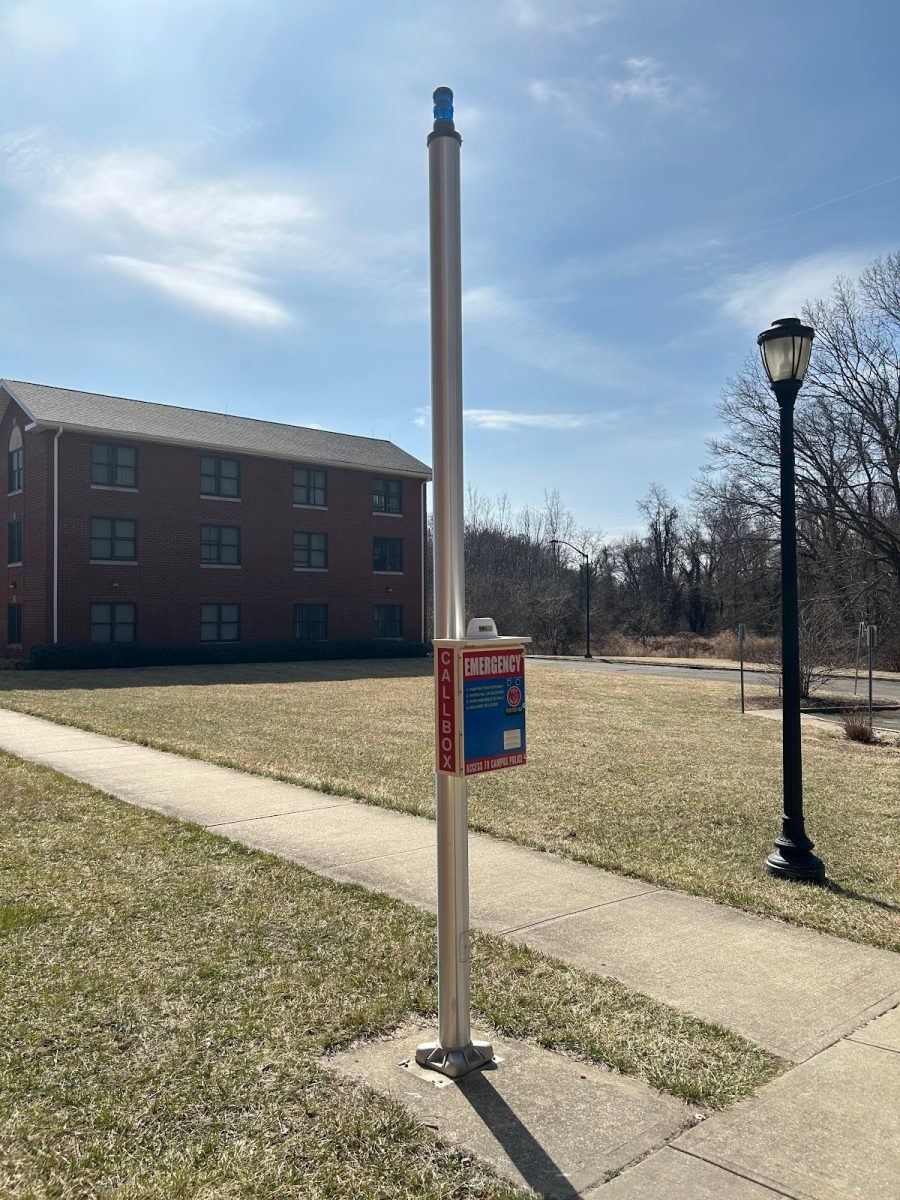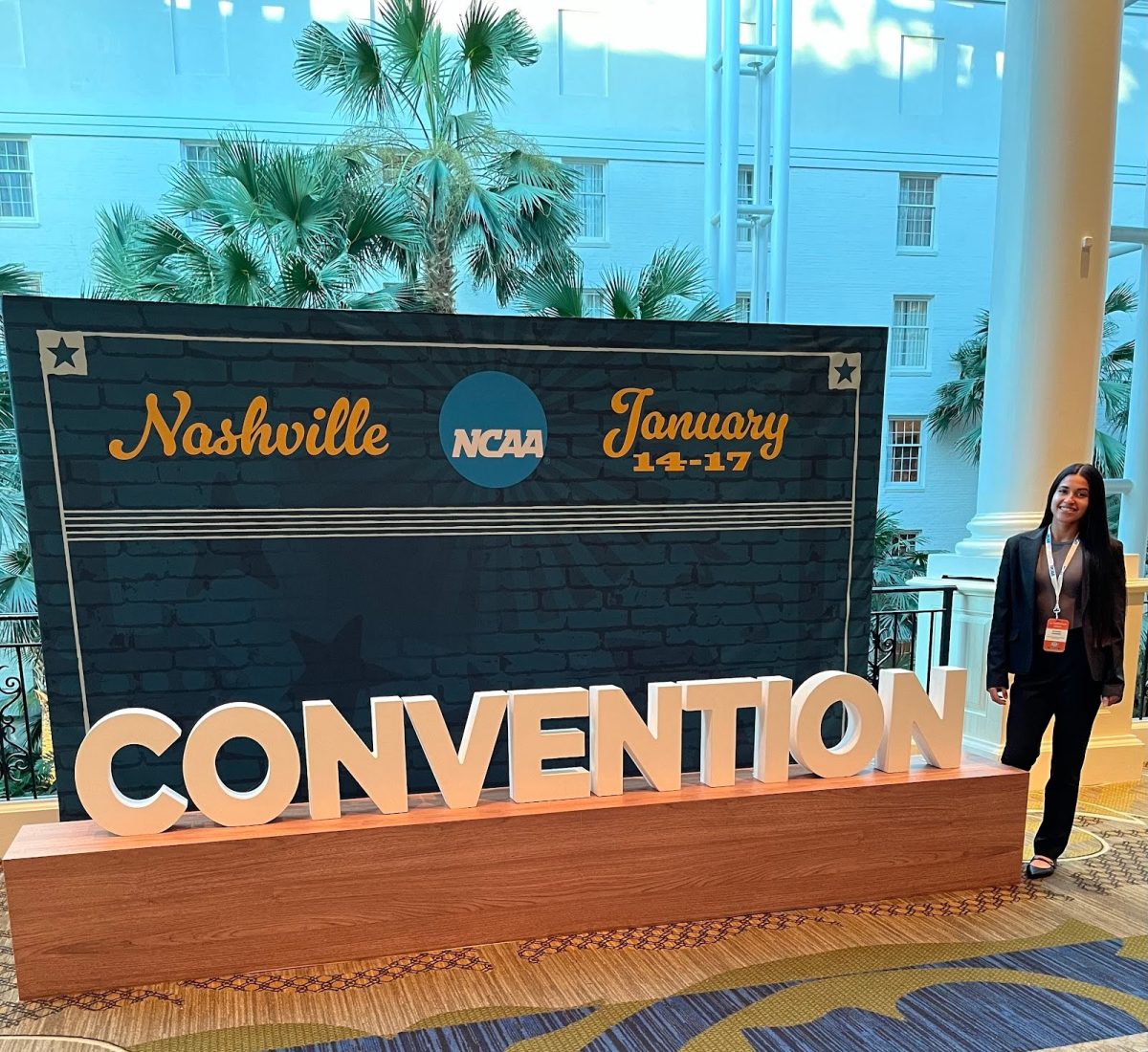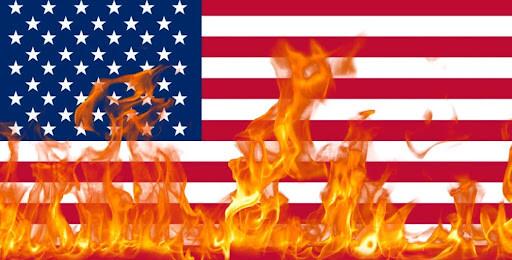Sports have played a pivotal role in our society dating back to the early 1900s. Individuals hold sports in a sacred light, individuals who can take it or leave it as well as individuals who couldn’t give a hoot. Yes, sports, in fact, are a small slice of pleasure we get to experience throughout the course of our lives, a treat, a trip to the candy store as some would say, a platform for pure entertainment. But like most things in life, you don’t truly appreciate something, until it’s gone.
Sports has not only been an entertaining treat for viewers to enjoy at their convenience but has also served as a distraction that has brought people together as a society during times of crisis. Not only that, but sports have also provided moments of solace throughout history following tragic events that have seemed to knock us down temporarily.
For many Americans, sports are a big part of life. Take away any of the major American sports, whether it’s baseball, football, basketball, or hockey, and you’re going to have a lot of angry people. Sports have always played a big role in American culture. In the 1940s, for example, boxing, football, baseball, and horse racing were all loved by millions of Americans.
Then came December 7, 1941. No one knew the “right” way to react to the devastation of the surprise Japanese attack on Pearl Harbor. They also didn’t know what would happen in the days, weeks, and months that followed. One big question revolved around American sports, the very things that kept people entertained and distracted from everyday life. Was this a time for distraction, though? Could the United States afford to engross itself in its favorite sports during World War II, when so many resources needed to be redirected towards the war effort?
As early as the beginning of 1942, that question was partially answered. When the military draft started the year before the Pearl Harbor attack, athletes between the ages of 18 and 35 were called upon to serve their country. This was, of course, the prime age range for professional athletes of all sports. Within the first five weeks after the attack, baseball commissioner Judge Kenesaw Mountain Landis approached President Roosevelt for advice on whether the 1942 Major League Baseball season should be canceled. The president’s response was in favor of keeping the league going, but there was one big problem: with so many men called into service, there would be a serious lack of professional-level players. The number of MLB and MiLB players who were drafted or enlisted reached into the thousands.
Baseball wasn’t the first sport to be affected by the war. Shortly after the attack on Pearl Harbor, a shortage of gas and rubber ration led to the suspension of all automobile and motorcycle racing. The ban remained in place for the duration of the war as resources were allocated to the efforts in the Pacific and Europe.
Though there wasn’t an obvious answer to keep the racing circuit going, there was one that could keep baseball going, even as so many of its players were fighting in the war.
During World War II, women stepped up to take the place of notable male athletes. In 1943, Philip K. Wrigley, the owner of the Chicago Cubs, put together the All-American Girls’ Professional Baseball League. The league consisted of 15 Midwestern teams and lasted until 1954.
The women’s game underwent some changes. The size of the ball was altered to that of a regulation softball and the pitcher’s mound was moved to 40’ from home plate. The size of the field shrank, as well, with the distance between bases shortened to 65 feet as opposed to the standard 90 feet. While our young men were overseas protecting our freedoms, it was the women of our nation providing an entertaining distraction from all the ugly in the world even if it was only for the duration of a baseball game.
World War II was not the only time sports has brought us together amid tragic events. On September 11th, 2001 our country suffered an unimaginable nightmare when two airplanes flew into the twin towers, killing thousands of people as the death toll continued to rise. Life as we know it came to a screeching halt, and yes, leisure activities like sports were put on hold. Almost a month passed before the first baseball game was played, but when the game was finally played it was an event like none other. On a chilly night in Queens, New York, at Shea Stadium as the New York Mets hosted division rival Atlanta Braves, the raw emotion in the crowd was undeniably riveting. No matter what team you rooted for, no matter where in the United States you lived, this 3-hour baseball game was our (as a nation) moment of solace. As the night wore on you could physically feel the demeanor of everyone in attendance shifting from a depressed mindset given the tragedy we had all suffered to just another night at the ballpark. Kids were eating hot dogs and cotton candy, while the adults enjoyed their beers and sat back to enjoy the game. This, whether we knew it or not, became a defining moment in our nation’s history. That is the power of sports.


